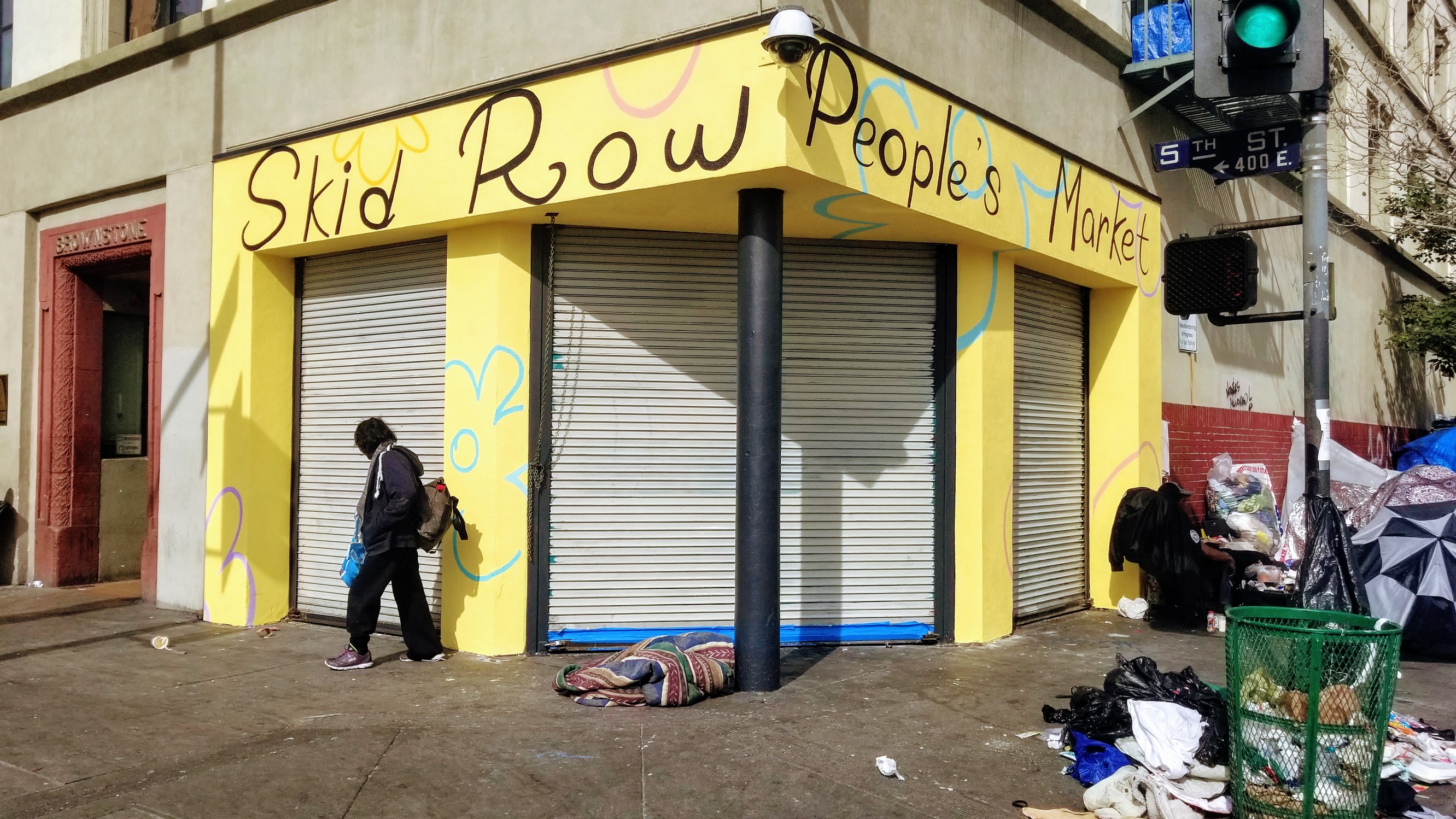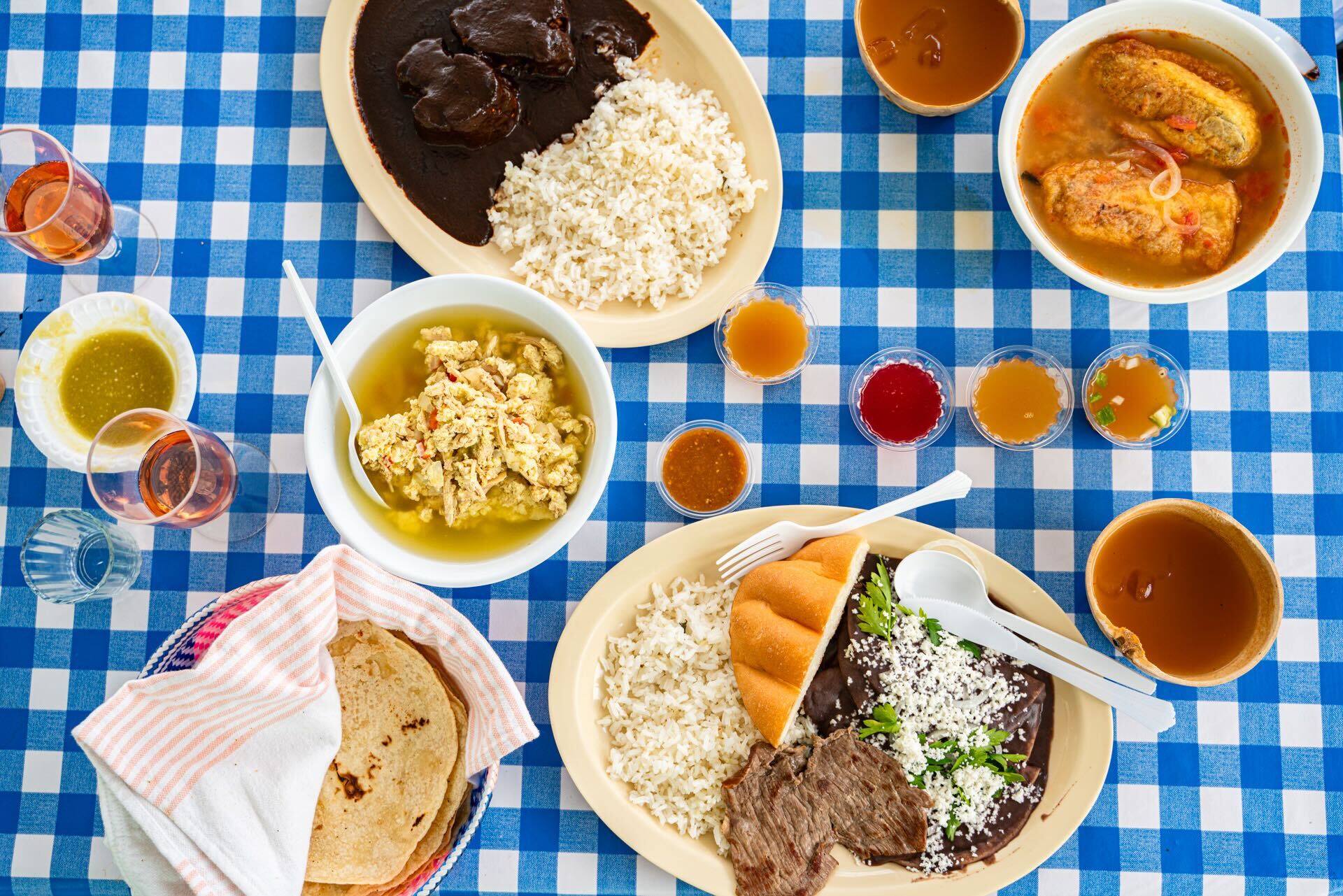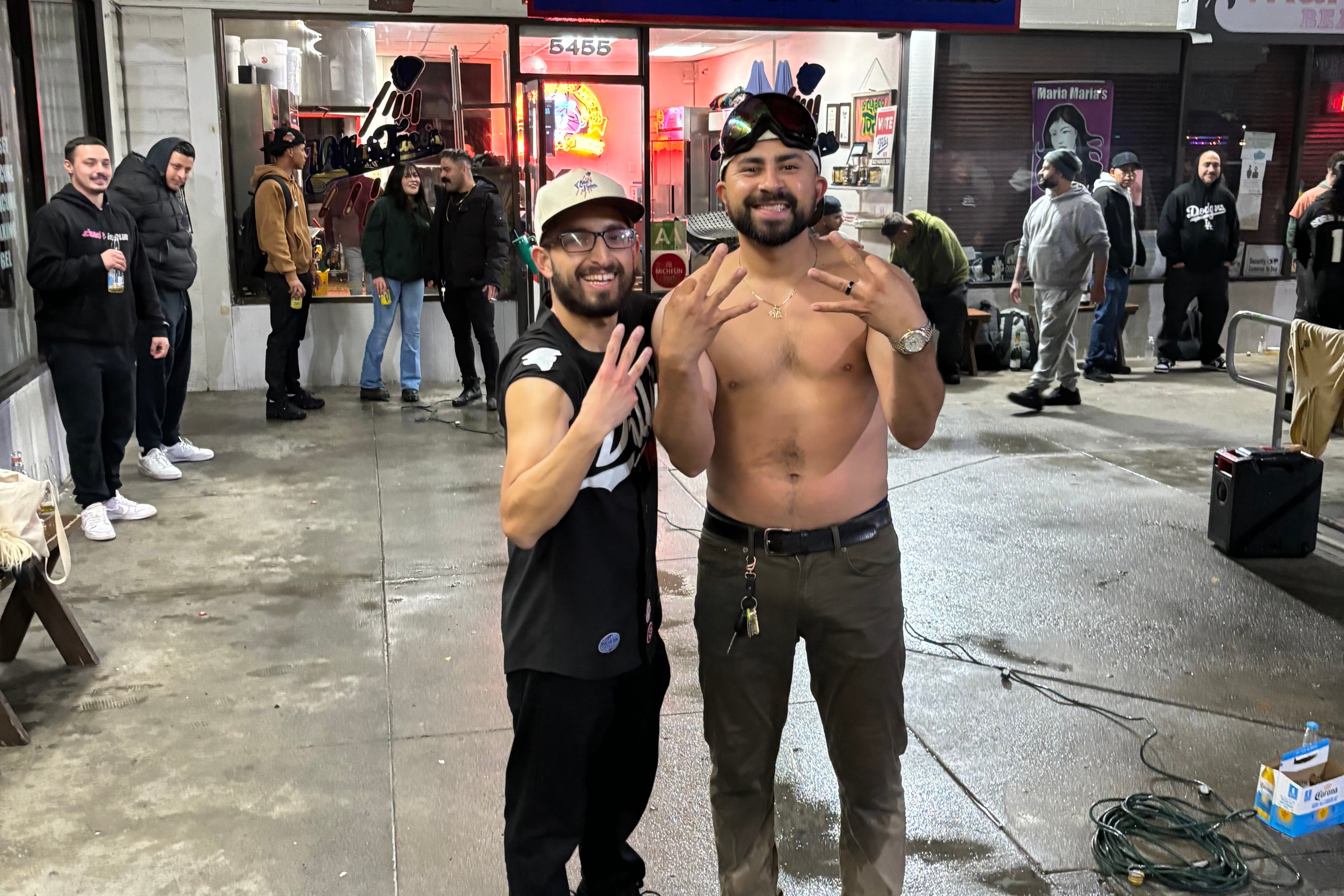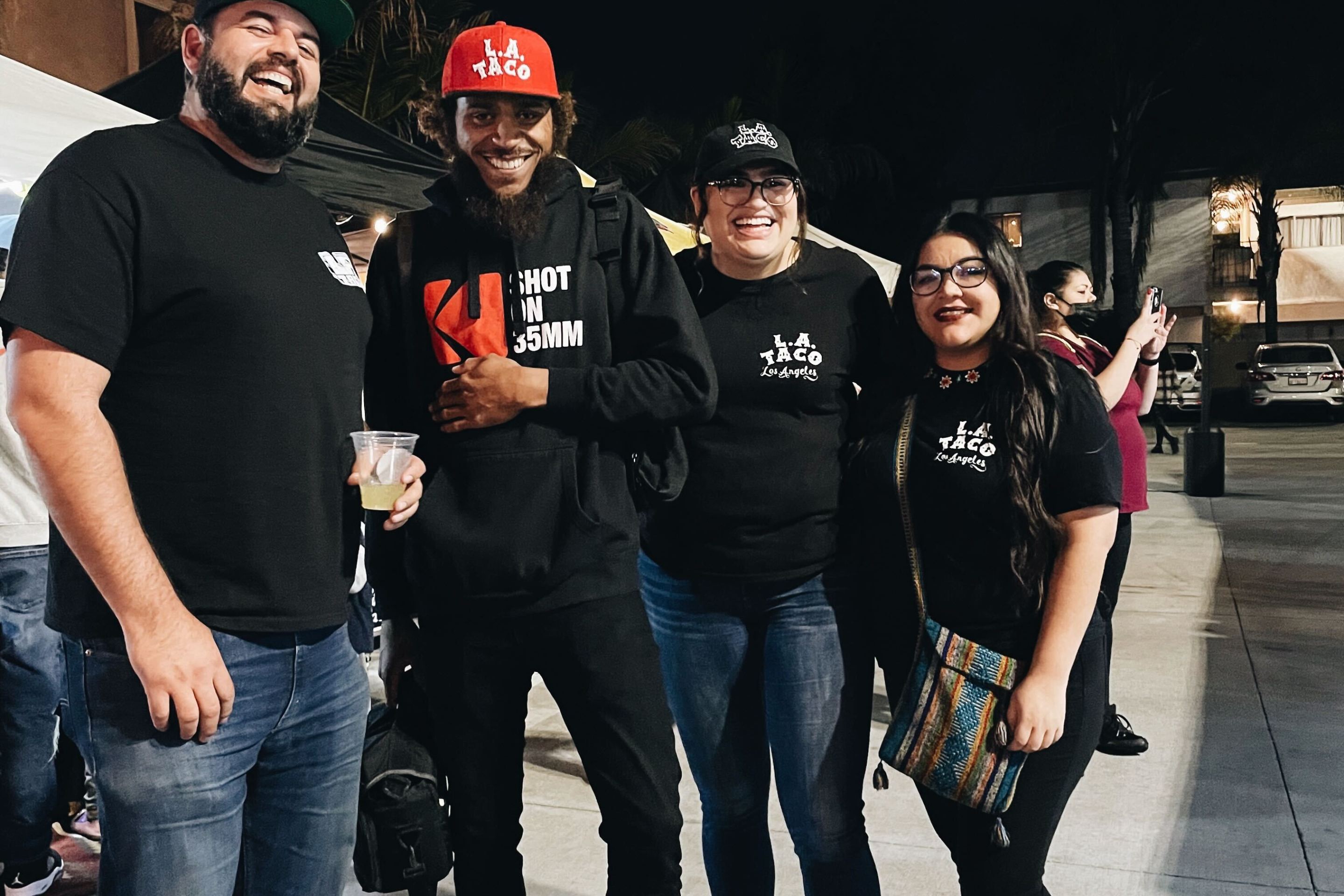There are more visible signs of tents and RVs in L.A., but fewer people are living in them, the Los Angeles Homeless Services Authority (LAHSA) said on Wednesday, after revealing the results of their most recent homeless count.
Since the pandemic started, homelessness has increased by a little more than four percent in the county and almost two percent in the City of Los Angeles. Those numbers are down significantly from the double-digit increases experienced in the years preceding COVID.
The latest figures estimate the number of people living on the streets, in vehicles, shelters, and makeshift dwellings on any given night, but how accurate is the data?
The agency said that the pandemic created challenges for LAHSA, making it harder for them to count specific homeless populations accurately. “The youth count was particularly challenging as many youth access centers were closed during the Omicron surge,” Kristina Dixon, Co-Executive Director for LAHSA, said Wednesday morning in South Los Angeles during a presentation. “This led to a lower number of surveys completed than in previous years.” According to LAHSA, children and families make up about 10 percent of the unhoused population in the county.
At the same time, LAHSA credits pandemic policies like eviction moratoriums and long-term investments in temporary and permanent housing options with preventing a more significant increase in homelessness.
“While it is too soon to know what this year's count results will mean long-term, the numbers are suggesting that there's a flattening of the curve,” Dixon said. “Meaning the percent increase of people experiencing homelessness is shrinking over time.” Officials warned that in the coming years, we may see more substantial increases in homelessness as pandemic initiatives fizzle out.
L.A.’s rent moratorium, the longest-running pandemic moratorium on evictions in California, was recently extended to one more month. Despite the average cost of a one-bedroom apartment in the city jumping nine percent in just two years to $2,450, the last day for renter protections in Los Angeles was voted to September 26, 2022.
“We're at a precarious moment,” warned Molly Rysman, Co-Executive Director of LAHSA. “Many of the policies and investments that prevented COVID from driving more households into homelessness have or will end soon.” Rysman said, “we need to learn from these policies and investments and make them ongoing such as making investments and rental assistance and emergency financial assistance.”
Homeless increases may have been small from a data perspective, but most people in Los Angeles judge the crisis by what they see on the streets. In that regard, visible homelessness grew by more than 15 percent, LAHSA said, despite only seeing a 1 percent increase in unsheltered homelessness. “What we are seeing is a significant increase in the evidence of homelessness, while not seeing a corresponding increase in our unsheltered neighbors.”
LAHSA attributes this to pandemic guidelines from the Center for Disease Control (CDC) that pause certain encampment clearings to allow people living on the streets or in vehicles to shelter in place. “Without the cleanups, the number of tents, vehicles, and makeshift shelters increased by 17 percent,” Dixon said.
Some other key takeaways from LAHSA’s presentation:
- Black people continue to be overrepresented in Los Angeles’ homeless population. Despite making up less than 10 percent of the county, Black Angelenos comprise nearly 30 percent of the unhoused.
- Latinos experienced an almost 30 percent increase in homelessness since the pandemic started, more than any other ethnic group in the county.
- Shelter capacity has increased by more than 60 percent since 2019.
- Veteran homelessness decreased by about six percent.
- Sixty percent of unhoused residents said they did not suffer from a serious mental illness or substance abuse.
Explore all of LAHSA’s data here.





